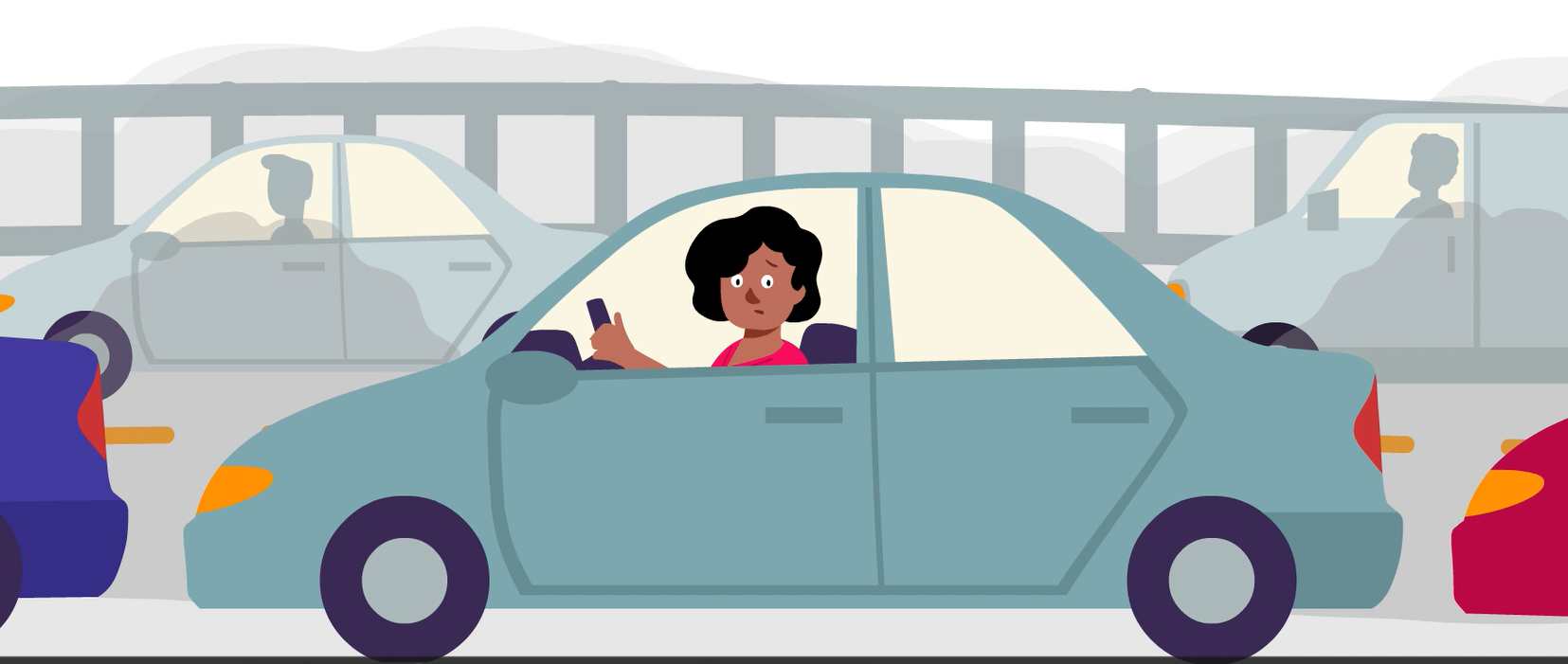This article is part of the series Flashcards
Takeaways
Housing affordability solutions are climate solutions. When people can’t find homes they can afford in the communities where they work, learn, and play, they have to search farther out, which:
Drives sprawl into surrounding farmland, forests, and sensitive habitat
Locks us into longer commutes, traffic, local air and water pollution, and more climate emissions
Costs people of color and lower-income people disproportionally in health risks, time, money, and shared opportunity
What do land use rules that keep home prices and rents high in most cities have to do with climate change?
The fact is that the zoning rules prevalent in most cities in the United States—rules for land use that restrict what kinds of homes are allowed—not only drive up housing costs but also drive more sprawl, longer, costlier commutes, more traffic, more toxic runoff from roads, and more climate-warming pollution.

Sprawl amounts to fossil fuel infrastructure
In Washington state transportation is the largest source of global warming pollution. And toxic runoff from traffic on our roads is the biggest water polluter in the Puget Sound area. In most cities, around three-quarters of residential land is reserved only for the biggest, most expensive kinds of homes—homes that gobble up all the convenient, transit- and job-rich areas. These rules force sprawling development to meet housing needs, rather than allowing infill housing near jobs and transit, locking us into more driving and more exhaust from cars. They keep people from living in the communities where they work and hampering their freedom to walk, bike, roll, stroll, or ride transit more often.
As national leader for climate policy solutions, KC Golden, put it, “local zoning laws in most of our cities today represent a de facto mandate for harm: More sprawl, more pollution, more driving, and limits on anything but the most expensive and resource-intensive housing.”
Climate justice and housing justice go hand in hand
Climate justice and housing justice are linked. Bans on moderately –priced housing were enacted historically across the country with the aim to exclude people of color. Discriminatory residential zoning rules—like the ones that ban modest home types in sought– after, conveniently –located, close-in neighborhoods—still segregate Washington’s communities by race and income today, dictating who has access to opportunity, jobs, schools, homeownership and wealth-building. These are the same rules that promote sprawling development, require more driving, and contribute to climate pollution from exhaust—low-income and BIPOC residents are more likely to be pushed farther from jobs and to bear the brunt of unhealthy, expensive, time-consuming commutes. In Washington state, as in many other places around the country, air pollution disproportionately harms communities of color.
Lifting restrictions on middle housing is an important step to correct the legacy of redlining and exclusionary downzoning in our communities, including disparate health impacts from traffic, driving, and pollution.
Solutions for climate and affordability: More homes, all shapes and sizes, in our cities
Cities and states can undo the restrictive zoning rules that lock neighborhoods into big, expensive houses, more roads, more traffic, and outsized carbon footprints.
Saying “yes” to more homes of all shapes and sizes, near jobs, shops, schools, and transit—a range of home choices, like backyard apartments, duplexes, triplexes, and apartment buildings—will go a long way to curb sprawl and cut climate pollution. It will ensure more people can afford to live in the communities where they work and where their families and friends are.
Climate and affordability advocates unite!
Our Homes4WA video, adapted for Washington state from a California YIMBY production in collaboration with Ruben DeLuna Creative, makes the housing and climate connection in 90 seconds.
Take a look, and spread the word among your networks! We can solve this challenge when more climate solutions champions join with housing affordability, housing justice, and homelessness solutions champions to get the job done!


